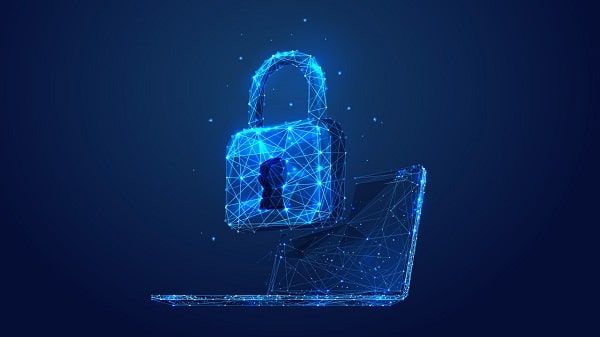Tips for Securing Your Windows Computer
Windows may perhaps be the most accessible operating system out there. That said, it’s definitely not the most secure. No OS is, really. Unfortunately, due to how common Windows is, many cybercriminals target it specifically.
Today, let’s look at what threats affect Windows and how you can protect yourself.
Table of Contents
Threats Windows Users Should Look Out For
1. Phishing Scams
Online scammers range from fake sellers on eBay to criminals that create full websites to trick visitors into giving away personal information. The latter criminal practices a tactic known as “phishing.”
Phishing scams involve social engineering to manipulate victims into giving away personally-identifiable information (names, numbers, social security numbers, bank information, etc.). These scams appear in various forms, from innocuous emails to threatening voicemails left by scammers pretending to be agents from the IRS.
Phishing scammers can do tons of damage to your personal information. Stay vigilant and avoid any website, email, or phone call that feels off.
2. Malware
Malware, a term commonly used to refer to malicious software, can be found on all corners of the Internet. Visiting the wrong site could infect your computer with a crypto-miner. Accidentally clicking a sketchy link could install a virus to your computer faster than you can react. An unsecured network allows for worms to move through a network and infect device after device.
There is no shortage of malware. New variants of malware are always being developed every day, and users are, and always will be, at risk of running into malware. Malware is just a symptom of the Internet—one that’s impossible to get rid of completely.
3. Cybercriminals
Before the Internet, scammers had to meet people in-person to scam them. Before the Internet, stealing information meant breaking into a home or following someone around. Nowadays, many criminals have moved to cybercrime due to the anonymity it affords them.
From scammers that spend their days sending out automated spam mail to hacking groups that commit precise hacking attacks on large corporations, cybercrime affects everyone and is absolutely everywhere. And many of these cybercriminals focus on Windows due to how common of an OS it is. That’s not to say these criminals don’t concentrate on macOS or Linux, but that the everyday use of Windows across the world affords these criminals a larger pool of victims.
How to Secure Your windows PC
1. Avoid Public Networks (Or Use a VPN)
Modern networks, both home and office networks come packaged with necessary security tools. For example, modern networks allow users to rename their network (change SSID) and set a strong and secure password for their network (the encryption key).
Modern networks also allow network admins to blacklist devices not allowed on the network, whitelist allowed devices, and more. Why, then, do public networks not take advantage of these security options. It’s simple: public networks need to be open to everyone. Hence, the name “public network.”
Being open to everyone means not requiring a password or blacklisting certain devices. As a result, public networks are dangerous and are more of a security threat than a convenience. Avoid them. If you can’t—say, you need to use one for work—install a VPN.
Using a VPN for security allows you to encrypt your data on the network you are connected to and anonymize your presence, ensuring you work and browse the web safely.
2. Install Anti-Virus Software
The most dangerous thing about viruses is how quickly they can spread. All a virus needs is a host and a connection to a network. If it has both of these things, it can infect an entire network’s worth of devices in seconds. The potential damage it can cause is only limited by how long it takes for people to notice.
Don’t be caught off-guard by a stray virus. Install an antivirus program that will reliably notify you and others whenever a virus is detected. There are plenty of reputable anti-virus programs available, and Windows includes one for free with most versions of Windows 10 (Windows Defender).
3. Update Windows Frequently
Cybercriminals are always hard at work developing and perfecting new forms of malware. It’d be impossible to count the amount of ransomware, spyware, keylogger, adware, and virus variants that exist. If you were to count them, you’d find yourself coming up short since new variants are being created every day.
As a result, cybersecurity experts and software developers are also hard at work making sure that there are no vulnerabilities, especially Microsoft developers. Microsoft is always pushing out new Windows updates; these updates are often containing security fixes for existing vulnerabilities.
Install these updates when they’re available. The longer you wait, the more likely it is that your version of Windows suffers from a hack.
Conclusion
Windows is a versatile operating system. Because of its versatility, it is an easy OS to secure. All most users need is a few security software programs and a vigilant mind. From there, users can use Windows without having to worry about hackers or malware.
Follow Us On:
